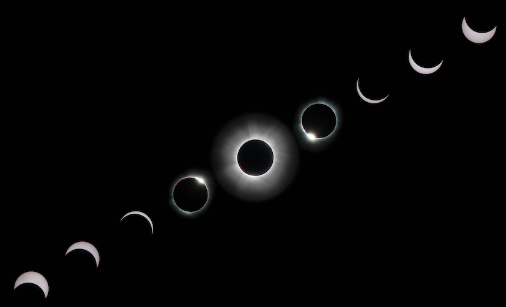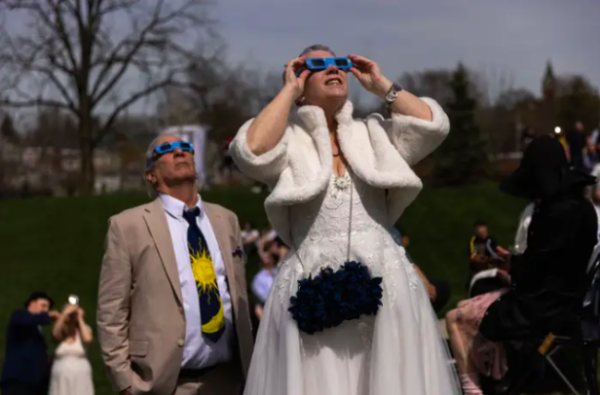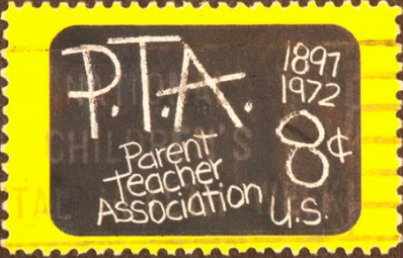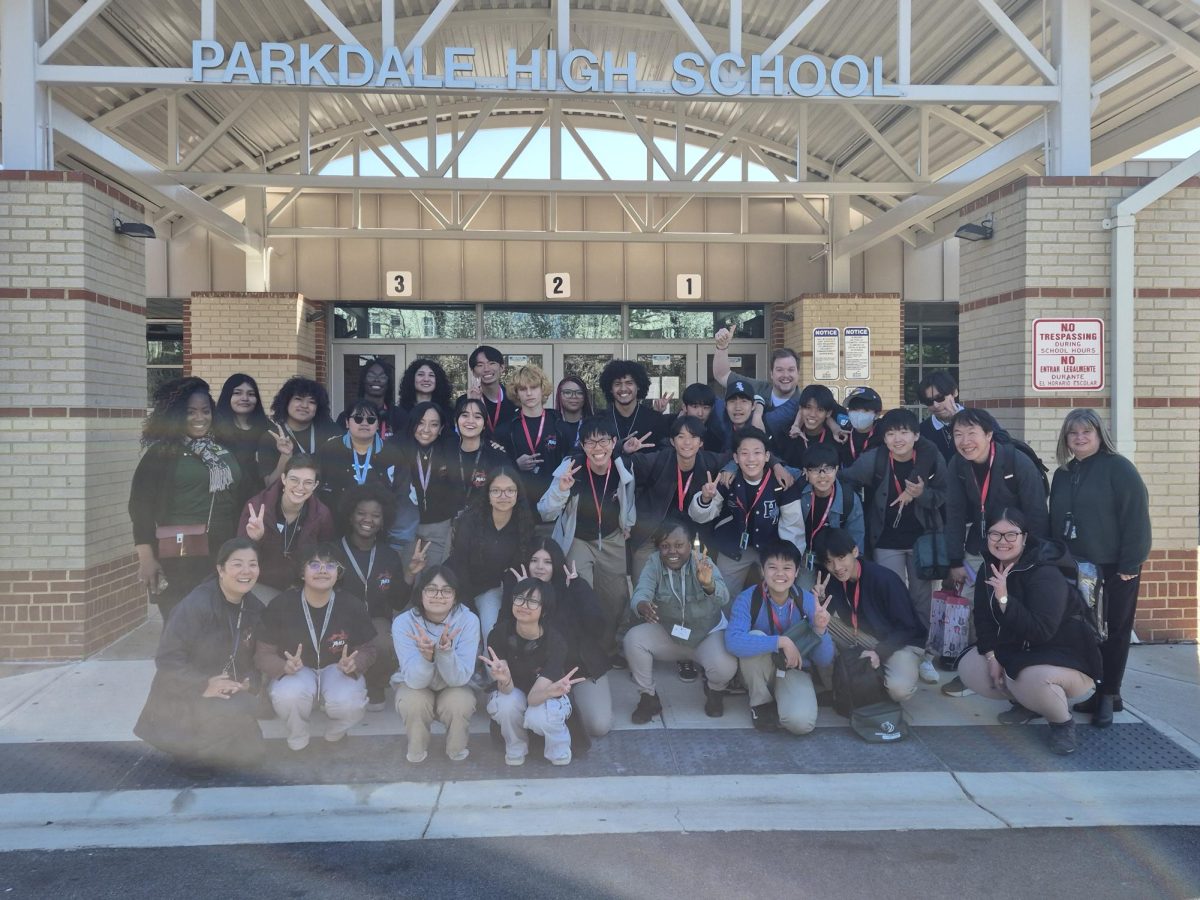
The solar eclipse captivated hearts and minds on April 8, with its ethereal beauty as the entire world held its breath. A spellbound audience gathered from Mexico to Canada to see the celestial ballet, as the Moon painted the sky with a dazzling masterpiece of light and darkness, dwarfing the Sun in its path. From enchanted cities like Dallas and Little Rock, Texas to New York, a quiet respect fell upon the planet as the birds fell silent, bringing together diverse individuals for a moment of reflection and universal wonder.
Given that the ancient civilizations have kept records of these celestial happenings, solar eclipses have drawn in and captured humans for millennia as both celestial spectacles and spurs for scientific research. Humanity’s obsession with eclipses has persisted throughout history, from the unprecedented scientific discoveries of the Renaissance to the ancient civilizations of Mesopotamia and China, when they were frequently seen as omens and celestial messages.
In ancient Mesopotamia, solar eclipses were written down on clay tablets, seen as prophetic signs, and considered to be messages from the gods. Observations and documentation of these events made by Mesopotamian astronomers were of an essence for future astronomy research. Eclipses had an important effect on how people thought about society and how priests and rulers made decisions.
According to an article provided by NASA, “In ancient China, astronomical observations were performed, not out of abstract curiosity for the sky, but for the practical purpose of keeping track of the civil calendars based upon lunar and solar cycles.”

During the Renaissance, European scientists like Johannes Kepler and Galileo Galilei produced significant advances in research about the eclipse, which improved the knowledge of the nature of light and celestial mechanics. Kepler changed the perception of people in regards to the universe and opened the door for further astronomical discoveries with his revolutionary work on planetary motion, which was partially motivated by his observations of solar eclipses.
“It helps scientists study the solar atmosphere, and decipher the sun’s structure and explosive events,” explained junior Flor Toala. “It also helps find out how to improve technology, usually satellites that orbit around the earth, communication signals that make GPS work, and has an impact on modern technology in general.”
Solar eclipses are now well recognized occasions that bring people from many continents together in awe and amazement. Technological developments have made it possible for scientists to examine eclipses in never-before-seen comprehensiveness, disclosing details about the Sun’s magnetic field and atmosphere.
These days, when people witness solar eclipses, they are struck by their beauty and sensuousness, reminded of the never-ending chase of knowledge that motivates human exploration of the universe. These astronomical occurrences act as moving reminders of both our location in the cosmos and the countless mysteries that lie ahead of us.
As people take in the majesty of the eclipse, precautions must be taken to keep the eyes safe. The Sun’s powerful rays can cause harm if appropriate shielding is not used. Ensuring visual safety as well as the enjoyment of the spectacle by wearing specialist solar viewing glasses or filters.
Aside from planned eclipse viewing parties, scientific observations, and even creative shows that drew inspiration from the celestial occurrence because the solar eclipse was such a big deal. To commemorate the eclipse, several towns hosted celebrations, such as festivals. In addition, many couples also took the initiative to have wedding ceremonies.







